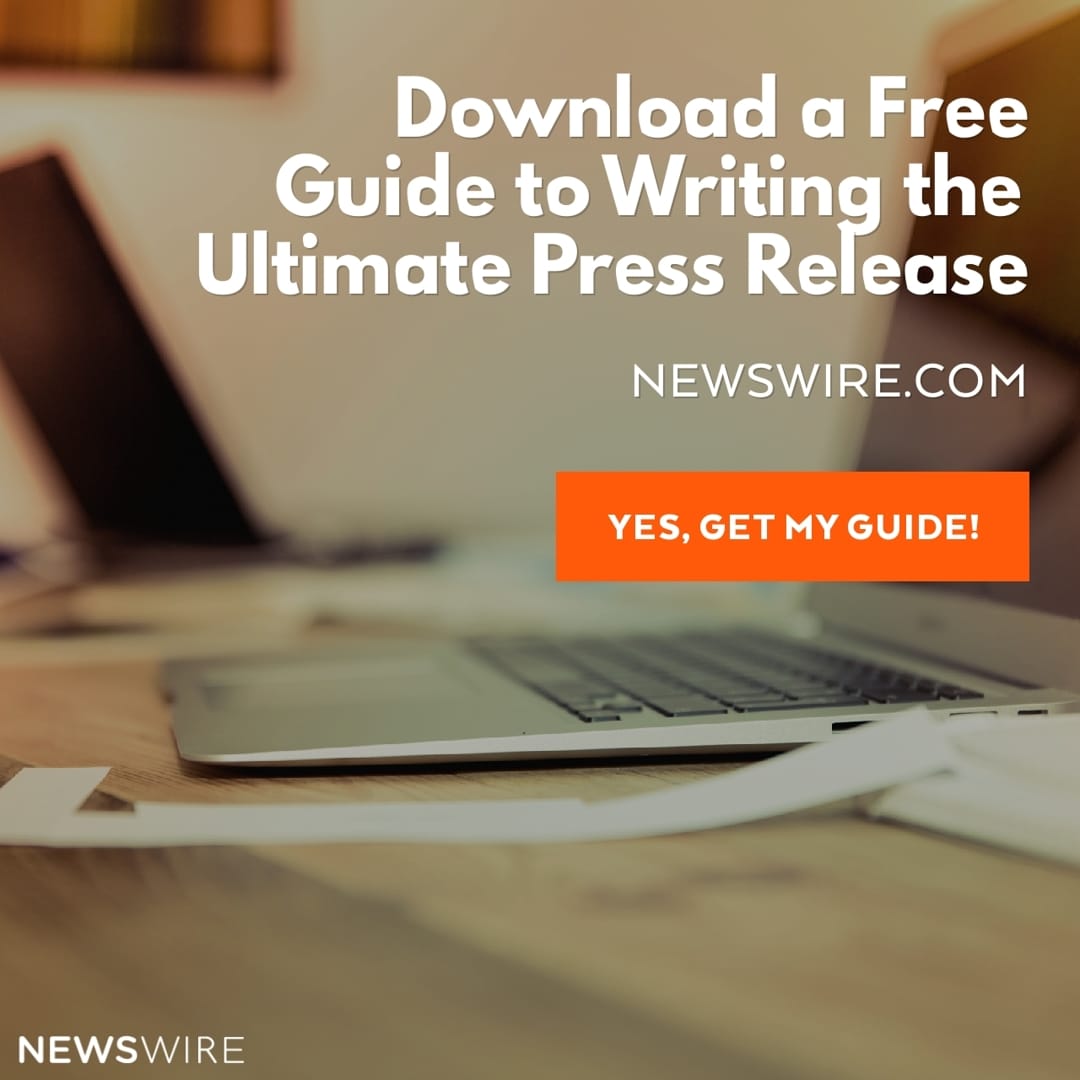
Things Every Press Release Headline Must Have
Your headline is the most important part of your press release that you will ever write. It needs to be intriguing enough for anyone who sees it want to read on. It can also be considered a promise, telling people what the press release will be about.
This being the case, there are several key elements every press release headline must have if you want to boost your chances of getting media pickups.
It must be concise
Most press release distribution services and search engines only show from 45 to 65 characters (letters, punctuation, and spaces) in a headline. Learning how to write a short, sharp headline that grabs attention is an essential skill.
It needs keywords
Keywords give clues as to what the story is about. It also makes your headline and press release more searchable.
An emotional pull
There should be some human connection in the headline, whether it be a surprise, empathy or another emotion. News is great, but human interest stories can capture both the mind and the heart and get you more media pickups.
Easy to read
Keep the words and punctuation simple. There’s no need to use fancy language when ordinary words will do.
Watch out for double meanings
Sometimes what we write can seem very clear to us in our own minds, but have a completely different meaning to others. Especially if we leave out punctuation. “Police Help Dog Bite Victim,” sounds as if the police were biting the person, as well. It should be a dog-bite victim with a hyphen.
“British Push Bottles Up Germans,” is a famous headline from World War II. The British were not torturing Germans with bottles. The hyphen is missing. Bottles-up means to trap them.
Think dramatic
For example, a decrease in jobs at a factory could be a cut or a slash. The decrease is fine, but it lacks the emotional connection and drama. However, don’t overdo it. There is a tendency towards, “You won’t believe this!” type headlines which are making everything sound hugely important when in many cases it is mere trivia.
Think about the essentials that need to be conveyed in the story
The 6Ws of journalism are:
- Who
- What
- When
- Where
- Why
- HoW
This is used as a checklist to make sure nothing important is left out of the story. It can also help you construct your headlines, which will usually contain who and what, and possibly when:
- Flu epidemic is not letting up, with 42 states reporting high levels of activity
- Comet Crash Triggered Massive Wildfires, Almost Led To Another Ice Age 13000 Years Ago
Avoid an alphabet soup
Don’t use too many acronyms unless they are going to be clearly understood, such as CDC:
- CDC says flu epidemic is the deadliest yet
- The CDC is the common abbreviation for the Centers for Disease Control and Prevention.
Use emotive words
If we look at the two headlines above, we can see ‘not letting up’ and ‘high levels of activity’ suggest this is a very bad flu season. In the second headline, ‘triggered’ and ‘massive’ is designed to fill readers with awe.











